Origami for hope: Conant’s first-ever 1000 cranes project
Photos by Patrick J. DeGeorge
What if one small act, repeated a thousand times, could send a powerful message to our community? From one small crane to a thousand cranes, this is the idea behind Conant High School’s 1000 Cranes Project.
Rooted in the poignant history of Eleanor Coerr’s novel Sadako and the 1000 Paper Cranes, the 1000 cranes project draws inspiration from the true life story of Sadako Sasaki, a young girl who was diagnosed with leukemia at the age of eleven after the atomic bomb was dropped on Hiroshima in 1945. While in the hospital, Sadako learned about the legend of the crane—a sacred bird in Japan believed to live for a century.
According to the legend, folding 1,000 paper cranes could bring healing. With unwavering hope, Sadako began folding cranes, hoping for recovery. Though she passed away after completing her 1000th crane, her story lived on. In her memory, her classmates erected the Children’s Peace Monument in Hiroshima, transforming Sadako’s act into a universal symbol of peace, inspiring children worldwide to fold cranes in her honor.
As a Japanese-American, I felt deeply moved by this emotional legend and wanted to share this with our school. As someone involved in Conant’s Cultural Awareness Club, my group and I decided to bring this story to our sponsor, World Geography teacher Amy Spizzirri, who was immediately inspired to do this project.
So, in February, we kicked off our project with the help of Student Council. Student Council is full of energy and dedication, and through my involvement with event planning, I am always impressed by the amazing teamwork. It was a challenge at first– some students knew how to fold a crane, and others were learning for the first time–but everyone was giving it a try. Thanks to the Student Council team and the sponsors, David Moravek, Patricia Ertl, and Monika Aubin, we folded about 500 cranes during our after-school meetings.
A few weeks later, we partnered up with PALS, the Peer-Assisted Learning and Services Club at Conant. We are so thankful for our PALS members and their sponsors, Kelly Anderson, Josie Garcia, and CathyAnn Smith, who welcomed the Japanese members and I to give a brief tutorial of how to make a crane using YouTube videos and instruction sheets.
In early March, we began one of our main initiatives of this project: holding origami sessions outside of Room 151 during all lunch periods. The booth was immediately filled with excitement to choose colors and designs, to fold, and to see how they turned out. Most students were not just interested in folding a crane but also wanted to understand their significance. Sharing the legend behind Sadako – something I never imagined doing in the U.S – became possible through this project, which really empowered me through the diversity of our school.
“At first it was hard, but as we practiced more, it was easy to get the hang of and I was even able to help others fold a crane,” Zoya Patel, ‘27, said.
Spizzirri also welcomed us into her world geography classes, where we taught students not only how to fold a paper crane but also about the legend of Sadako Sasaki. There were puzzled looks, laughing smiles, and frustrated faces at times, but we all somehow managed to fold a crane. We also prepared Japanese snacks like Pocky and Hi-Chew and introduced the game of “Kendama”, a traditional Japanese game where players catch a ball on different parts of a wooden cup, sharing a glimpse into our culture. We were thrilled with the eagerness of the students. Karin Shibata ‘27, one of the leaders of the thousand cranes project, said about her experience, “It was an amazing experience being able to share my culture and raising awareness about this legend as well.”
These cranes started to pile up, and by the end of March, we had reached our goal in a total of 1,247 cranes. It was really special for us to not only surpass our goal but to also see how much hope and teamwork each crane represented. Together, with Cultural Awareness Club and Student Council, we decorated the cranes in our main hallway to visually see how many cranes all these students had made.
But we weren’t done yet. We had one more destination for these flying cranes.
With Spizzirri’s help, we connected with Katie Hammermerg, a coordinator who works at the Saint Alexius Women & Children’s Hospital. Working with Hammermerg, we were able to communicate a plan to donate these cranes to their pediatric hospital. Shibata, Lena Oshiro ‘27, Rina Satsutani ‘27, Spizzirri and I went in to hang these cranes on the ceilings of the hospital’s pediatric waiting room and teen lounge. In the hospital, we talked about our experience folding more than a thousand cranes, and I also talked about my personal experience seeing thousands of cranes during my visit to the Children’s Peace Monument in Hiroshima.
A heartwarming moment was when Katie handed a crane to a young patient – her face lit up immediately with a smile as she jumped up and down with excitement and curiosity. Seeing the smiles of the pediatric patients reminded me of the importance of how one small gesture can make someone’s day better. We left the hospital filled with gratitude, knowing that these cranes that our school made could bring a little comfort and hope to the pediatric children and families.
Spizzirri also reflected on this project, saying, “A lot of times in the hospital, many families and patients are going through the worst thing someone can ever go through, so I think being able to see these cranes gave patients hope to believe that they can actually get through this tough time.”
The most important part of this project was bringing the community together. Although every step in a paper crane is the same, every crane looks different. I think this is the beauty behind these origami cranes. From the very first crane folded by a student to the amazing contribution of the Student Council, PALS, Cultural Awareness, social studies classes, and finally the hospital, we are beyond grateful for every person who made this project come to life.
A last special shoutout to Spizzirri, Moravek, the Saint Alexius Children’s Hospital, and all our Conant Cougars who came together to make this happen. Who knew that a piece of paper could bring everyone together?

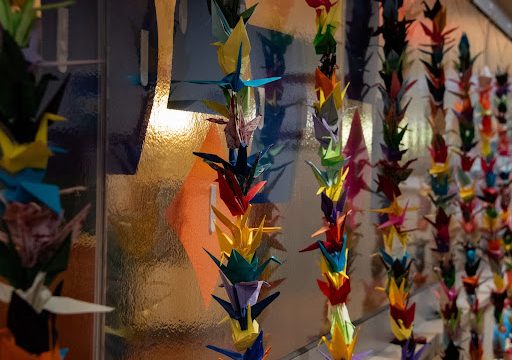
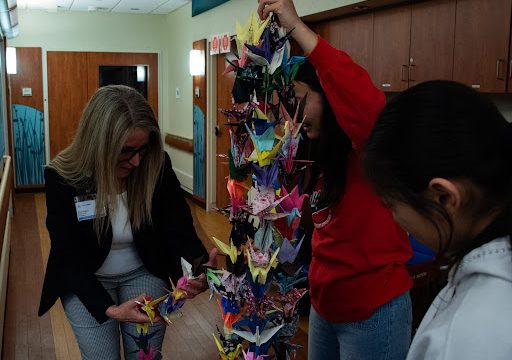

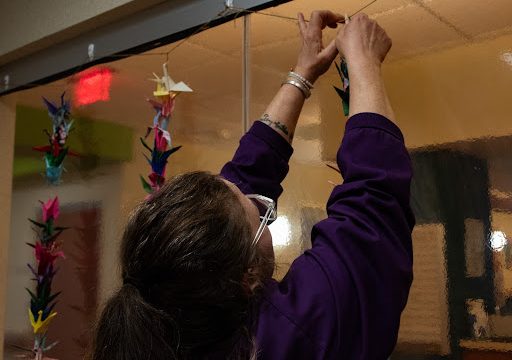
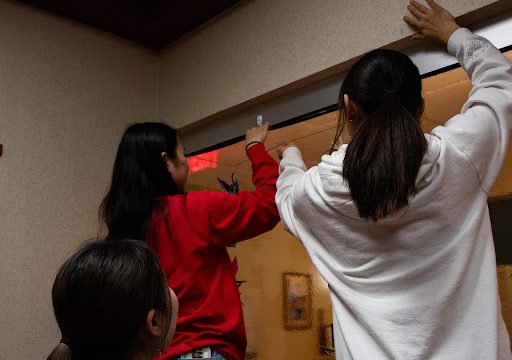
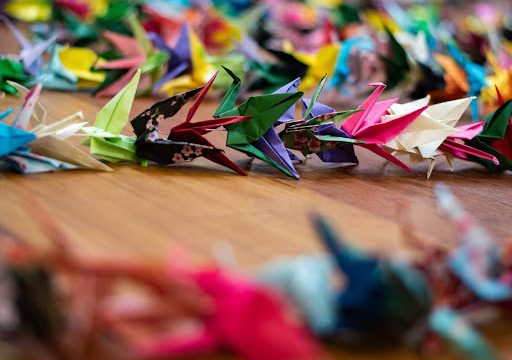
Recent Comments